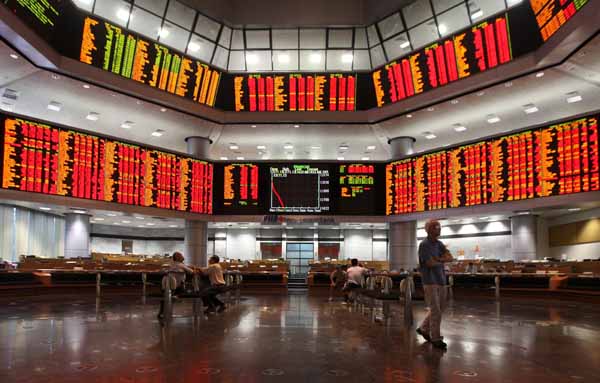Derivatives volumes on the three biggest exchanges in Southeast Asia hit record highs in 2014 in a sign that the region’s capital markets are diversifying beyond equity capital raising and trading into offering risk management and hedging.
The development also shows that the bourses are managing to tap a growing middle class of domestic investors who are becoming familiar with futures trading, which is riskier than equities but can offer higher returns, Bernama reported Wednesday.
About 55 percent of trading on the Thailand Futures Exchange (TFE) last year was done by retail investors. On western bourses, most futures trading is done by institutional investors.
“Given today’s volatile market, investors are turning to stock futures as a tool to manage risk and seek better returns,” said Rinjai Chakornpipat, TFE’s managing director.
Derivatives trading volume at the Thai exchange grew by 116 percent to 36m contracts, compared with the previous year.
TFE last year launched a new derivatives trading and clearing system, provided by Sweden’s Cinnober and KRX, the South Korean exchange, allowing “multi-asset” trading.
SGX, the Singapore exchange and the largest bourse in Southeast Asia by market volume, notched up a near-doubling in volume of futures trading to 17m contracts, from 8.9m a year earlier.
The fastest-growing contract was FTSE China A50 futures, which is the only one in Asia outside China allowing traders to speculate on a Chinese stock market index.
Derivatives are growing faster than equities on SGX, in common with rivals Bursa Malaysia and the TFE, which is a subsidiary of the Stock Exchange of Thailand.
Derivatives accounted for 30 per cent of SGX group revenues in 2014, compared with 33 percent for equities. That was up from 21 percent and 44 percent, respectively, in 2011.
Bursa Malaysia said total volume at its derivatives arm grew by 17 percent, with crude palm oil futures — its biggest contract by volume — growing by 28 percent.


